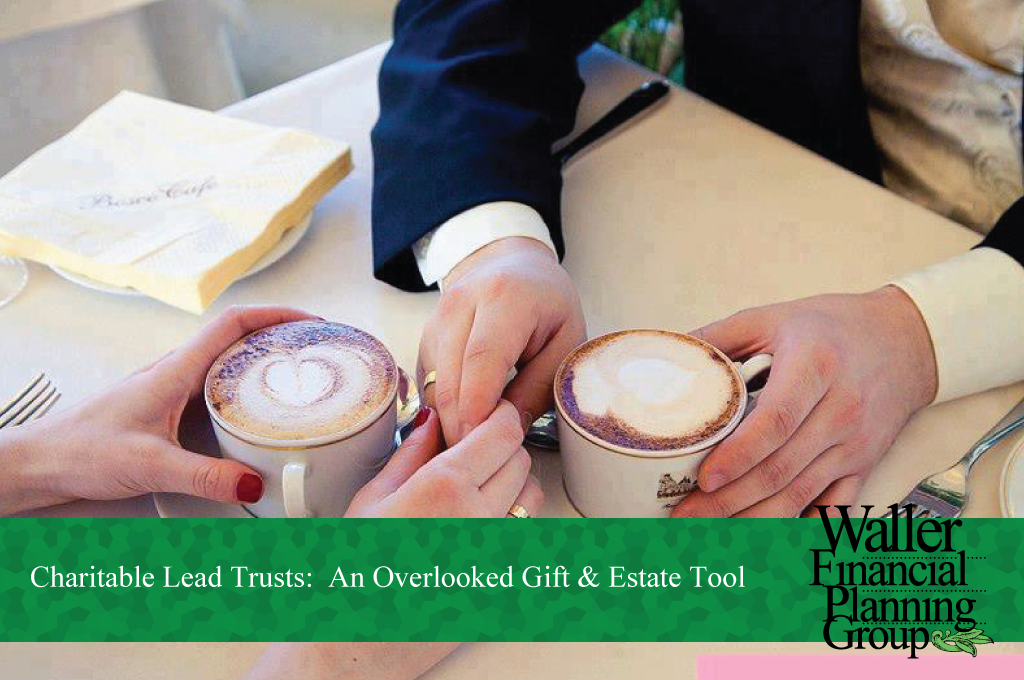
As a financial planner, it is important to be familiar with various tools that help our clients develop appropriate strategies to meet their lifestyle and legacy goals. Most people are familiar with donating cash or household items or even gifting highly appreciated securities to their favorite charities. Some people may even be familiar with the benefits of creating a charitable remainder trust, but many are unfamiliar with the frequently overlooked tool, the charitable lead trust (CLT).
A charitable lead trust is oftentimes described as being the reverse of a charitable remainder trust – instead of the donor receiving income during their lifetime (or a term of years) with the remaining corpus gifted to charity at the donor’s death, the CLT provides income to a charity for a specified number of years, with the remaining assets given back to the donor or the donor’s heirs. Although there are multiple variations of the CLT, this article will focus on one type, the non-grantor lead annuity trust.
A typical client considering this type of CLT might have the following characteristics:
- Have investable assets of $5,000,000 or more
- Are currently making significant contributions to a charity
- Own assets that are expected to substantially increase in value
- Do not need income from the assets being used to fund the gift
- The desire to lower the value of their estate to minimize future transfer taxes
Interest rates play a very important role in this type of planning tool. When interest rates are very low there is a larger upfront interest to charity. The assumed interest rate that is used when calculating the upfront interest to charity (and thus the remainder interest to heirs) is published by the IRS and is called the Section 7520 rate. As of Jan. 2016, the Section 7520 rate is 2.20%.
Here’s an example: Mildred has substantial real estate holdings that she feels will increase significantly during her lifetime. She has been very successful and would like these properties to be given to her nieces and nephews upon her passing. She is also charitably inclined and concerned about estate taxes. Mildred creates a non-grantor lead annuity trust with the following characteristics:
- $2,000,000 funding amount
- Trust term of 20 years
- Annuity payout rate of 5%
- Section 7520 rate of 2%
Based upon this fact pattern, Mildred’s favorite charity will receive an annual payment of $100,000 ($2,000,000 times the 5% annuity rate). The present value of this payout, using the Section 7520 discount rate is $1,635,140. This implies a remainder interest to the nieces and nephews of $364,860 ($2,000,000 less the $1,635,140 given to charity). If the assets increase by more than 2% per year during the 20-year term, the excess growth will be transferred with no gift or estate tax ramifications.
Although this article has not covered many other variations of the CLT, you can see by our simple illustration that this planning tool is useful in providing benefits to both a favorite charity and heirs of the grantor.





